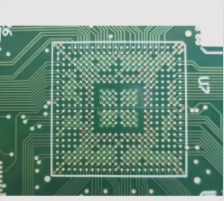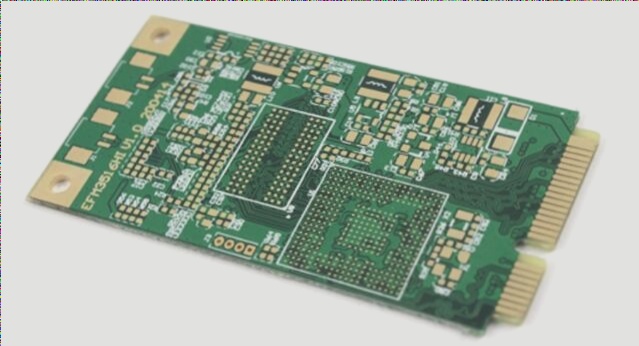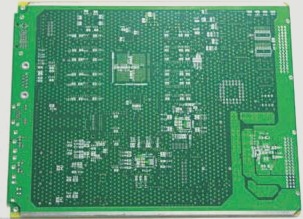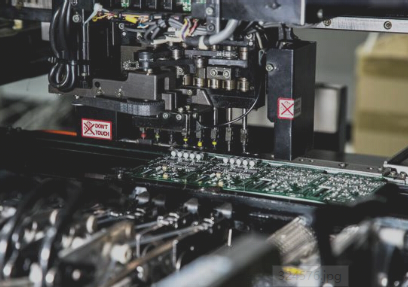The Importance of Proper Preheating and Rapid Cooling in PCB Repair
- Proper preheating of the PCB before reflow is crucial for successful repair.
- Rapid cooling of solder joints after reflow is equally important.
Many repair technicians overlook these critical processes, leading to potential issues post-repair. Neglecting preheating and rapid cooling can result in worsened conditions and hidden defects that may only surface during circuit testing.
Preheating – Ensuring Successful Repair
Exposing a PCB to high temperatures for extended periods can cause thermal damage, even if not visibly apparent. Internal warping, substrate delamination, and component degradation are common issues resulting from inadequate preheating.
One significant concern is the “popcorn” effect, where moisture trapped inside components expands rapidly during repair, leading to micro-cracks or component failure. Minimizing preheating time and quickly reaching reflow temperature are recommended to prevent this phenomenon.

By implementing controlled preheating before reflow, many rework issues can be effectively addressed. This method, widely used in reflow soldering processes, offers numerous benefits, including lower reflow temperatures and improved soldering quality.
The “Popcorn” Effect and Moisture Management
Understanding the risks associated with inadequate preheating and the importance of moisture management can significantly enhance the success of PCB repair processes. By prioritizing proper preheating and rapid cooling, technicians can ensure the longevity and reliability of repaired PCB assemblies.
Preheating in PCB Assembly
Preheating, also known as thermal conditioning, is a crucial step in the PCB assembly process. By heating the components before reflow, preheating serves multiple purposes:
- Activates the flux
- Removes oxides and surface films from metal surfaces
- Drives off volatiles from the flux
This process enhances the wetting action during soldering, leading to better solder joints.
Benefits of Preheating
Preheating the entire assembly before reflow has several advantages:
- Reduces the risk of thermal shock to the substrate and components
- Allows for a lower reflow temperature and shorter reflow time
Preventing Thermal Shock
Without preheating, rapid heating during reflow can create temperature gradients across components, leading to thermal shock. This thermal shock can cause materials to become brittle, crack, or fail, especially SMT chip resistors and capacitors.
PCB Design Considerations
In PCB design, preheating is essential to maintaining the integrity of the components. It helps avoid the need to increase reflow temperature or extend reflow time, both of which can have negative consequences.
Get in Touch
If you have any PCB manufacturing needs or questions about preheating in PCB assembly, feel free to contact me.




